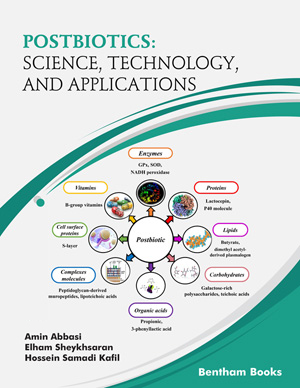Abstract
The field of nanotechnology has revealed unique aptitudes in the
manufacture of novel and effective drugs/delivery systems for pulmonary diseases.
This knowledge bargains numerous profits in the treatment of chronic human
pulmonary diseases with targeted drugs/delivery systems. In recent years, numerous
approaches have been reported to transport drugs to the lungs. Delivery of the
drugs/delivery systems over the pulmonary way can be prescribed in two ways: oral
inhalation and intranasal administration. In nanomaterial-based aerosol inhalation
systems, drug delivery to the lungs can be accomplished by repeated high-dose
inhalation. New tools deal with major clinical profits to increase the efficiency of
pulmonary drug delivery and target specific areas of the lung. Factors such as size
distribution, surface charge, quantitative analysis of lipid composition, drug loading
rate, and formulation stability are vital in nanomaterials-based nanopharmacology. The
alteration from in vitro phase to the clinical stage and production step for nanomaterials
is a multipart action with requirements to overcome various limitations. In the present
chapter, we focus on new progress in pulmonary nanopharmacology and the supporting
approaches for designing new nanomaterials for this arena. Some patents have been
gathered about this topic as well. The future viewpoints have also been discoursed.






















